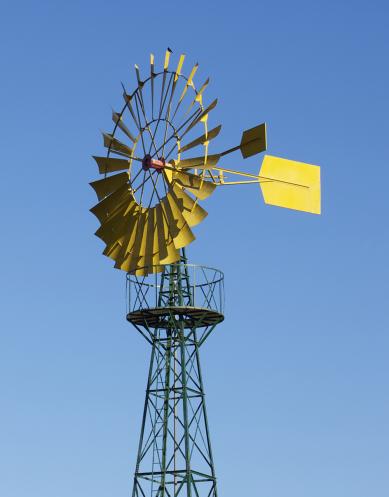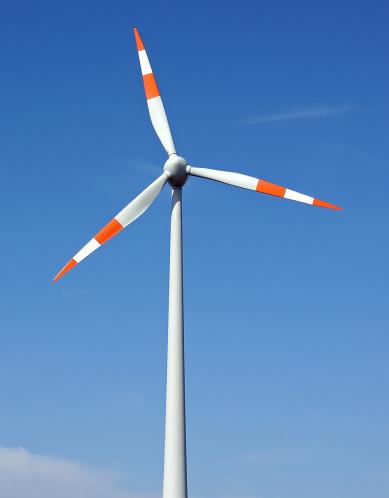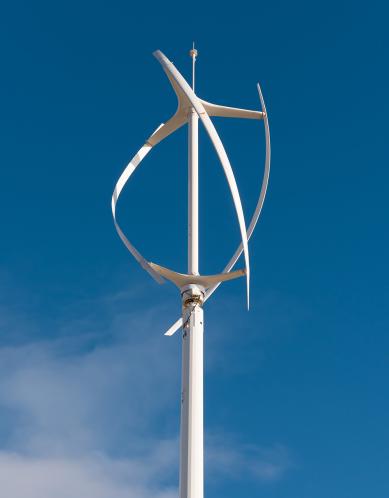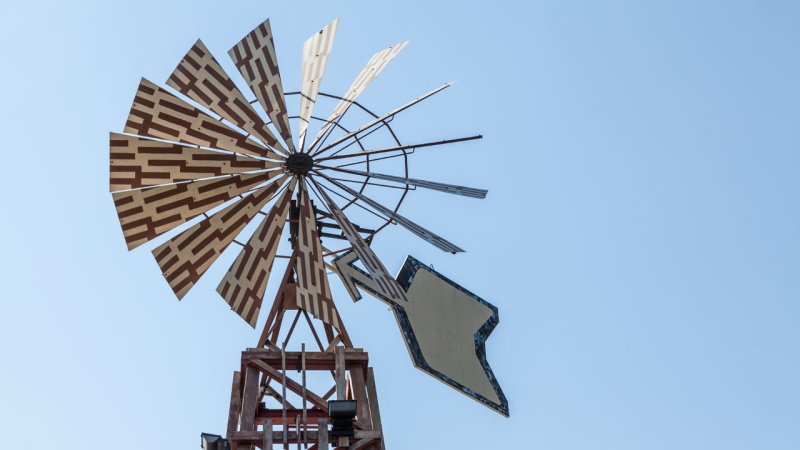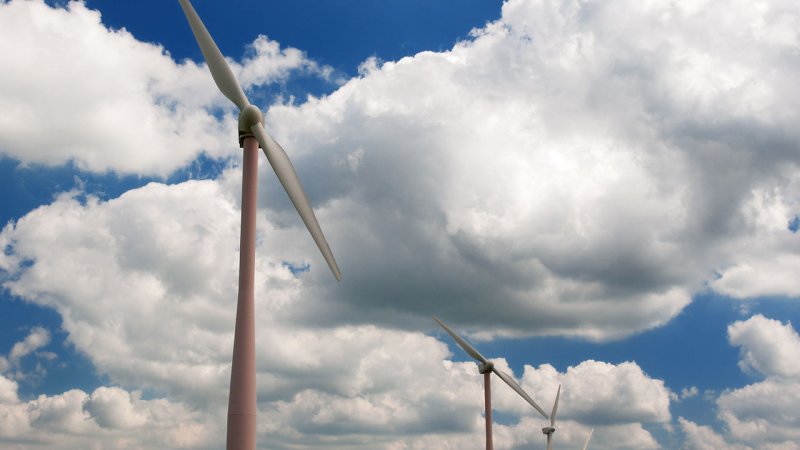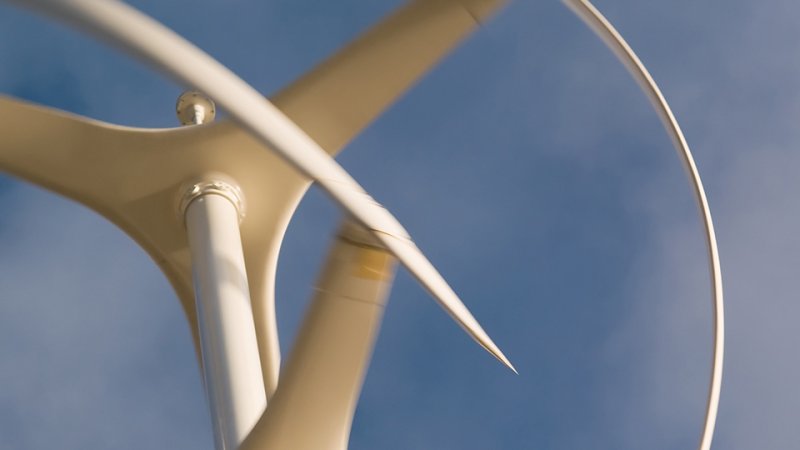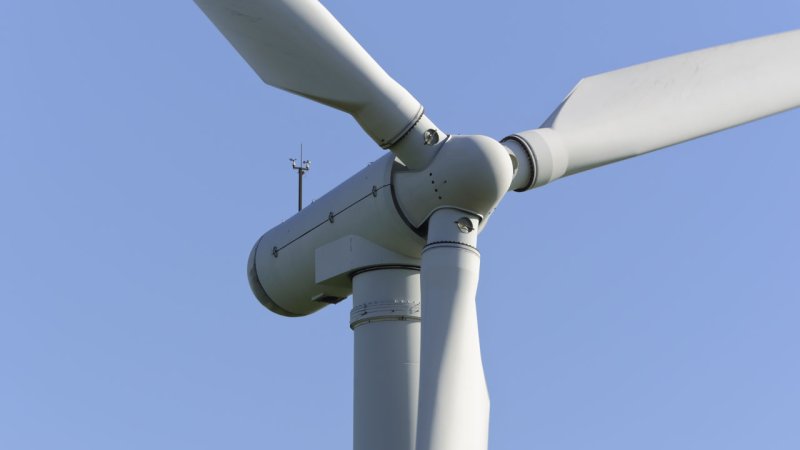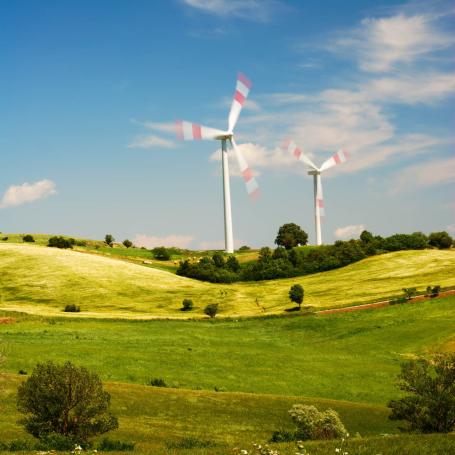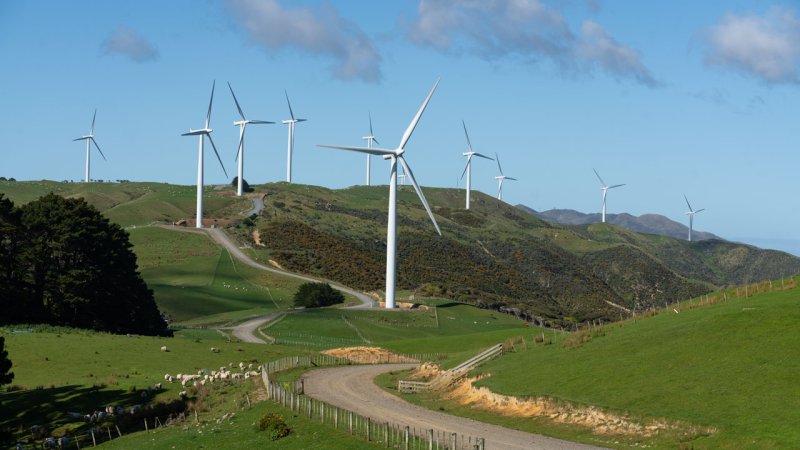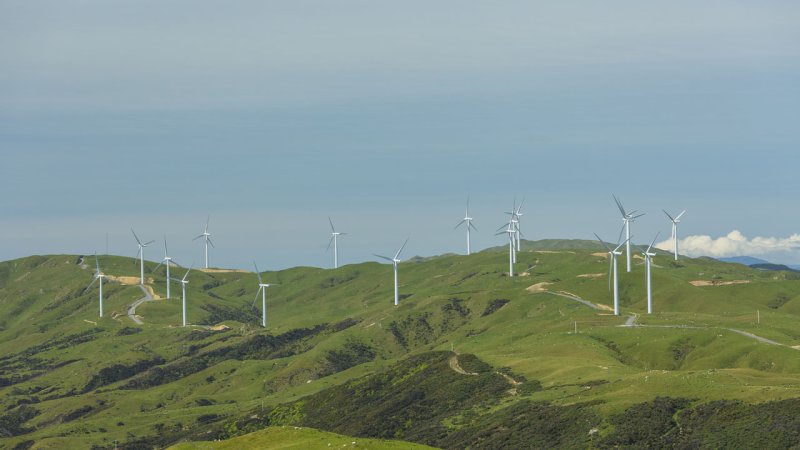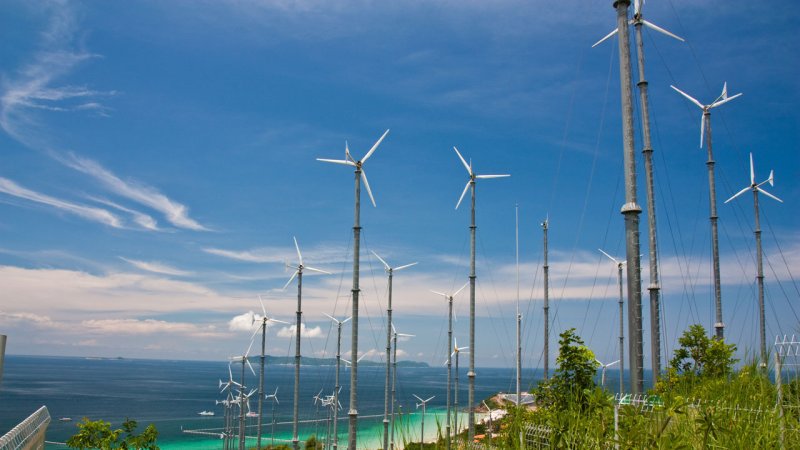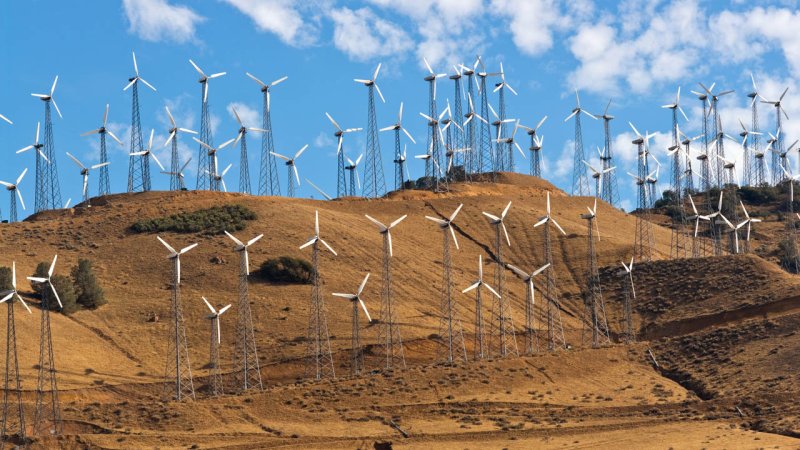
Wind Power Plants
4 min read
Wind Power Plant Types
The basic differentiation of wind power plants is based on the applied principles of kinetic energy extraction from the air mass.
Drag Turbines
Low output turbines and all historic windmills are characterized by using the drag principle. A flat surface facing the wind will be subject to drag. The force pushing this surface then is mechanically transformed into the rotation of a shaft. The maximum efficiency of drag based wind turbines is around 15%.
Lift Turbines
Larger, more modern propeller type turbines are based on the lift principle. The rotor blades are aerodynamically shaped and the air flows around them. If an appropriate angle of attack is set (the angle between the aerodynamic chord of the blade and the direction of the wind stream), the speed of the flowing air will be different on opposing sides of the blade creating a difference in pressure. This pressure difference creates a force which is called lift. The direction of the lift force is perpendicular to the direction of the airflow and thus turns the propeller. The efficiency of lift based wind turbines lies between 40 and 50%.
Horizontal or Vertical Rotor Axis
Another way of differentiating wind power plants is by the position of their main rotor shaft. It can be horizontal or vertical. Horizontal axis are typical for modern three-bladed lift based turbines. All machinery, including the generator, is mounted on top of a high tower in a nacelle that turns against the wind which makes maintenance somewhat difficult. Generators of power plants with a vertical axis are on the ground and there is no need to turn them against the wind, but to get them running, a start-up electrical motor is necessary at times.
The tip speed ratio λ (lambda) is the ratio between the circumferential speed of the tips of the blades and the speed of the wind. According to the tip speed ratio, we can differentiate between low speed wind turbines (λ < 6) and high speed wind turbines (λ ≧ 6). Generally, a rule applies that says that the more blades there are, the smaller the tip speed ratio, the slower the rotation and the higher the torque.
Choice of Location
The most important factor when choosing a suitable location for a wind turbine or a wind farm is the assessment of local meteorological conditions. One can rely on general meteorological data, or on a detailed statistic measurement at the given location. Since the power output of a turbine is directly proportional to the wind speed to the third power, there is a high emphasis on the precision of the measurements. With bigger projects, the measurements should be done using registering anemometers for a period of half a year at least, preferably at the height of the future rotor. The resulting wind chart is then used by experts to determine the number and power of wind turbines to be erected in the wind farm.
A lot of other factors have to be taken into account though when picking a location for a wind farm. The strength of the ground determines the type of foundation to be used. Accessibility is important not only during the construction when heavy cranes are used, but also during the whole operating life span of a station to facilitate maintenance. The accessibility and capacity of the power grid also has to be considered to keep the connection costs as low as possible. Some limitations may also arise due to the nature of the terrain, housing or restrictions imposed by the distance or height of surrounding buildings.
Last but not least, the environmental impact of the construction and operation of a wind turbine has to be considered.



